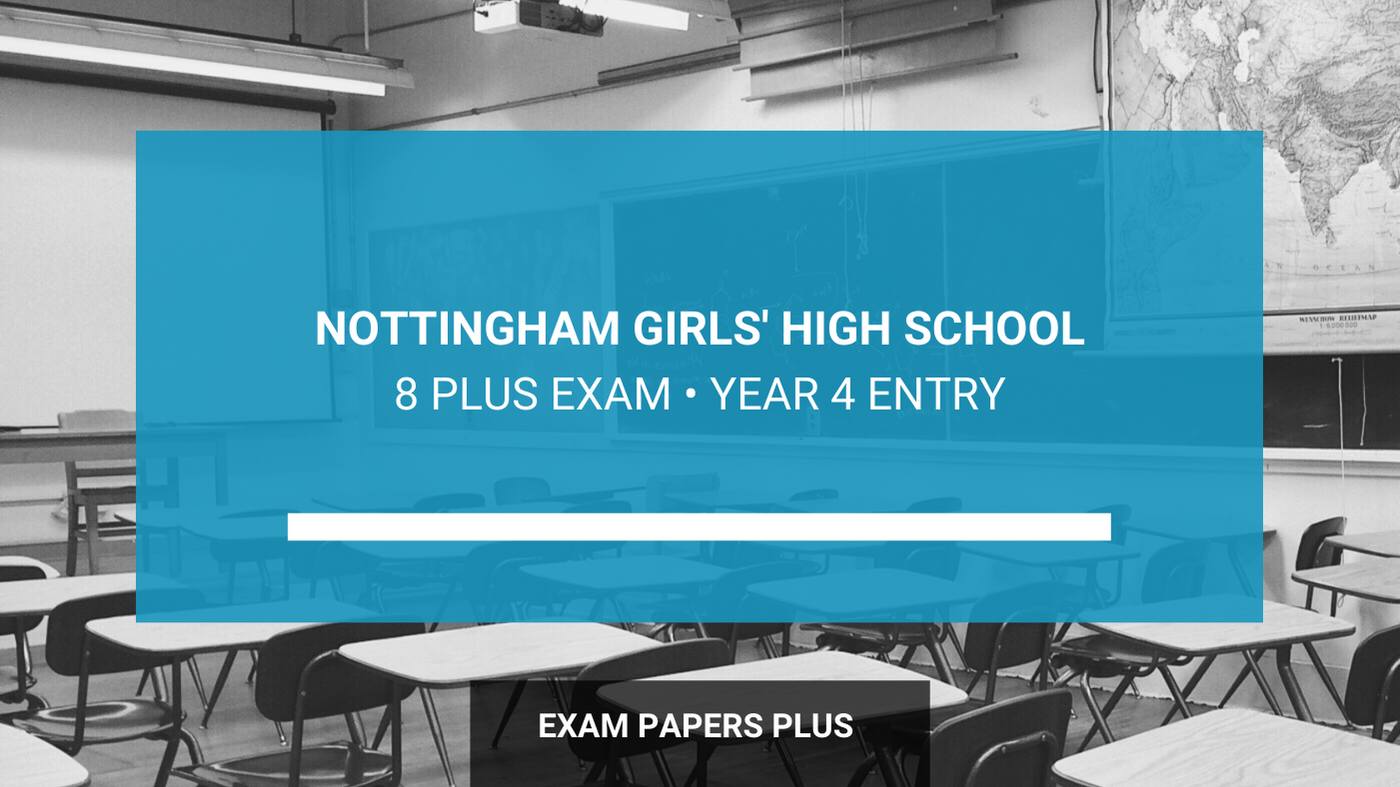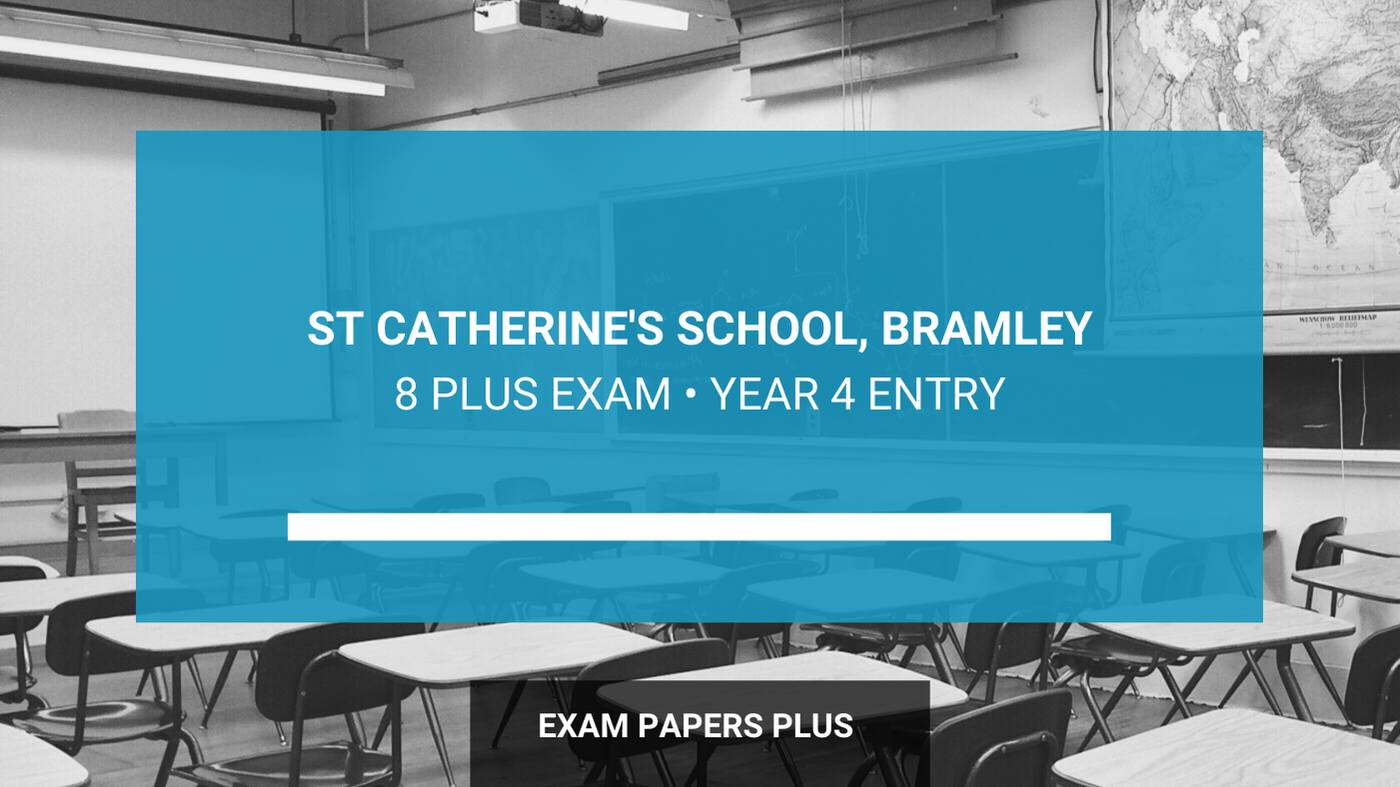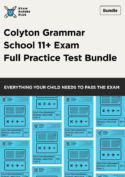
Table of Contents
Introduction
Once again, we at Exam Papers Plus are delighted to compile our annual round-up of what happened in last year’s (2019/20) 7+ and 8+ exams for 2020 entry. This information is based on feedback received from multiple sources – thank you to all those who contributed; we appreciate it!
If you would like to provide feedback about exams your child took, then we would love to hear from you – please contact us here.
Click on the links below to read our round up articles from previous years.
What came up in the 7+ and 8+ exams (2015 entry)
What came up in the 8+ exam (2016 entry)
What came up in the 7+ exam (2016 entry)
What came up in the 7+ and 8+ exams (2017 entry)
What came up in the 7+ and 8+ exams (2018 entry)
What came up in the 7+ and 8+ exams (2019 entry)
Overview
If your child is aiming for 7+ or 8+ entry at a competitive school, this article will prove useful.
The main changes this year occurred in English. Many schools moved away from the typical ‘start, middle and end’ creative writing task, instead either breaking it down into smaller, descriptive tasks, or asking candidates to plan a response based on the question (instead of writing a whole story) or improve existing sentences and paragraphs. St Paul’s Junior School has taken creative writing off its 7+ and 8+ exam syllabus altogether, replacing it with dictation.
However, a note of caution. We still think it sensible to keep your child writing stories for a number of reasons:
- They are highly likely to get assessed in their writing skills during round two (this was certainly the case in a number of schools this year)
- Even for shorter creative writing tasks, candidates need to know how to answer a question and stay focused
- There is always a need for vocabulary mastery – choosing the best word for the job!
- You never know when the exams may change
- It’s a creative outlet and those who love words shouldn’t be stifled.
- Many schools are still assessing writing in the usual way.
Now let’s look at what came up in more detail.
What happened in last year’s 7+ exam (for September 2020 entry)
At this boys’ school in South West London, the English exam consisted of two comprehensions, one long, one short, and two creative writing exercises, one of 5 minutes, worth 5 marks, and a 15-minute question worth more marks. The longer question asked candidates to imagine they had a speaking dog and the conversations they might have: a clever creating writing task, obviously set to gauge a candidate’s grasp of dialogue as well as their creativity.
The maths exam at this school was relatively straightforward. The maths syllabus is always easier to plan for and we tend to recommend the St Paul’s Juniors syllabus as a good foundation. This is available on their website for both 7+ and 8+. It does seem, however, that many schools go slightly beyond this syllabus in their exams.
Reasoning at this school was a little challenging this year for many of the candidates we heard from. There were seven sections of twelve questions. One unusual question type that came up asked candidates to link numbers and letters to come up with a well-known phrase or fact, for example:
Question: 1 M = 60 S
Answer: one minute = sixty seconds.
This school also has a 25-minute listening test in which children have to follow a variety of spoken instructions very carefully. They are given an 8-page booklet in which to write their answers.
At another well-known boys’ school, the English comprehension paper asked multiple choice questions about sea life and the verbal reasoning included sentence completion exercises and circling the most appropriate word linked to a picture. Non-Verbal Reasoning was also tested this year.
This school also had a dictation section as part of its exam, in which a teacher read out complete sentences, three times at a normal pace, and the children were asked to write down what they heard as accurately as possible. A high level of accuracy in spelling, grammar and punctuation is expected.
Most children who had prepared well using our papers reported that the maths paper was relatively straightforward. In the mental arithmetic session, the children were not allowed to write notes. An easier example question was: ‘What is four plus four plus three?’ and there were some questions with two operations.
Another London boys’ school, more centrally-based, required candidates to have a good inferential understanding and an ability to ‘think outside the box’ for this year’s exam. The English comprehension paper – with a passage from ‘The Dreamsnatcher’ by Abi Elphinstone – included opinion, literary technique and vocabulary questions; for example, candidates were asked to define ‘blundered’ and ‘snagged’ in the context of the passage. Vocabulary and VR questions included filling in a passage with the most suitable word (again, similar to the school above!) and word ladders, where candidates had to take letters from the end of one word and the start another word to make a new work. For example, ‘grandpa’ and ‘leapt’ to make the new word, ‘pale’. There was no traditional creative writing task.
Their maths paper was 40-minutes in length and comprised approximately 30 questions. Topics tested included: symmetry, money and word problems. Percentages, decimals, fractions and sequences did not come up this year. At the end of the paper, there was a set of bonus questions of the ‘I’m thinking of a number’ variety. The NVR section included aerial views, odd one out and pattern questions in which the children had to predict the next in the sequence.
This girls’ school in North London had a 40-minute maths paper, comprising mental arithmetic, sequences, two-digit multiplication (25 x 3), money, weight, negative numbers (what is 0-2?) and problem solving.
For English, the candidates were given two comprehensions, similar to the standard of our 7+ papers. Each one had eight questions and candidates had 20 minutes each to complete. Full written answers were required. The creative writing task followed on from the second, harder comprehension passage; the children were asked to continue the story. It was based around a child really wanting a pet that he wasn’t allowed.
What happened in last year’s 8+ exam (for September 2020 entry)
The 8+ intake is getting smaller, as more schools increase their 7+ intake. Therefore, statistically-speaking, 8+ is becoming more challenging. If you have gone through the 7+ you will have an idea of what to expect at 8+. The style and structure of the exams will be very similar, although there will be some new parts of the syllabus to get to grips with in maths and there will be an expectation that English responses will be more comprehensive, insightful, accurate.
For the English exam in this South West London school, the boys were presented with a two-part comprehension: an information booklet about a zoo and then a passage from the ‘Demon Dentist’ by David Walliams. Both parts comprised six questions each. The creative writing was also spilt into two sections: a five-mark question asking candidates to describe their favourite meal followed by a longer, letter-writing task. Don’t forget that different genres can come up, so make sure you take a look at all of the different styles of writing. You might find our Complete Guide to 8+ Creative Writing helpful.
The listening test at this school comprised three parts, including dictation (sentences that got longer), mental maths with multiple-choice options (example question, ‘what is 16 + 12?’) and a task where they had to listen to the description and circle the correct object. The maths paper was long – approximately 100 questions in 45 minutes! – but it followed the 8+ syllabus and did not contain any surprises. The key to tackling a paper like this is to work as fast as you can, with a high level of accuracy. Verbal reasoning (NVR was not tested this year) contained 8 sets of 8 questions and contained questions like, ‘You have the following letters, a,c,e,l,w,r, n – spell a word.’ It seems this school took inspiration from the popular television quiz show, ‘Countdown’.
At another 8+ entry London boys’ school, the VR section included dictation – one sentence at a time, read out three times at normal speed – amending sentences and a cloze passage in which candidates had to insert better adjectives. The multiple-choice English comprehension task (combined with the NVR paper that contained lots of sequences and patterns) centred around an advertisement for a skateboard and asked some tricky questions. Time seemed to be a challenge for some on this paper, with many not able to finish. We recommend that you introduce timed tasks and papers for all disciplines from the summer term onwards, to gradually build stamina and familiarity.
At this central London boys’ school, the comprehension passage was about a boy, a girl and a mythological rainbow coming from the sky and at another school near Westminster, the comprehension passage came from CS Lewis’s ‘Prince Caspian’; the full comprehension and composition paper was 1 hour and 10 minutes in total.
General guidance on how to tackle the 7+ and 8+ exams
In terms of preparation and timing, we recommend that you concentrate on instilling knowledge and content in the first six to eight months of the year, so that by the summer holidays your child will have learnt much of what they need to know, or at least have been exposed to it. As I write this, we are in lockdown, experiencing uncertain times; but think about this time as an exceptional gift in terms of getting ready for the exams. This extra time will allow for consistent and regular preparation, in which foundations can be built securely.
Children learn at different rates. There will still be certain areas, dependent on the individual child, that may need revision and consolidation right up until the exams. This is all normal and natural. We recommend bringing in timed practice from the summer onwards to hone exam technique. Whilst you will have been dabbling in timed tasks and building stamina throughout the year, now is the time to be strategic in your preparation. Make a concerted effort to do full practice papers under exam conditions on a regular basis and try some mock exams in an exam environment.
It’s vital to remember that students are not expected to score 100% in these exams. They are designed to be challenging and the key is to pick up as many marks as possible. As a general rule, scoring 75%+ consistently across all subjects in our practice papers is a good indication that your child is on track to do well in the written part of the examination, even at the most competitive schools.
English skills take longer to build. The best thing you can do is actively read with your child, discussing what you are reading together. Talk about words, imagery, character actions, motivations and emotions. Children who are read to and who read a lot themselves tend to have a wide vocabulary and a strong understanding of plot. This will help them in their own writing.
Our 7+ Writing and Comprehension guides and our 8+ Writing and Comprehension guides cover all the bases in an engaging, step-by-step way. Whilst they are designed for children to work through, they contains lots of helpful advice for both parents and tutors too.
In terms of 7+ and 8+ maths, we recommend that you prepare for all topics, as you never know what will come up. Challenging bonus questions seem to be a recurring feature on most schools’ papers as a way to identify the exceptionally talented. Whilst a school is not necessarily expecting many candidates to get these tough questions right, they are interested in seeing how a student approaches them. Therefore, always encourage your child to have a go and not give up
For some tricky and challenging questions, take a look at our 7+ Maths Problem Solving and 8+ Maths Problem Solving workbooks.
We hope that you find this post on last year’s exams helpful and welcome any questions! Please feel free to contact us here.
Bookmark this page? Pop your email into the box below to receive a link to this article so you can easily refer back to it later.
















